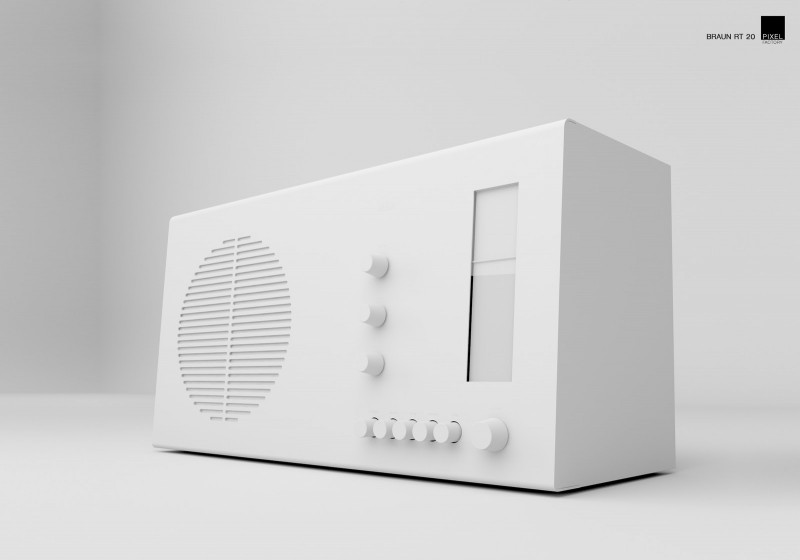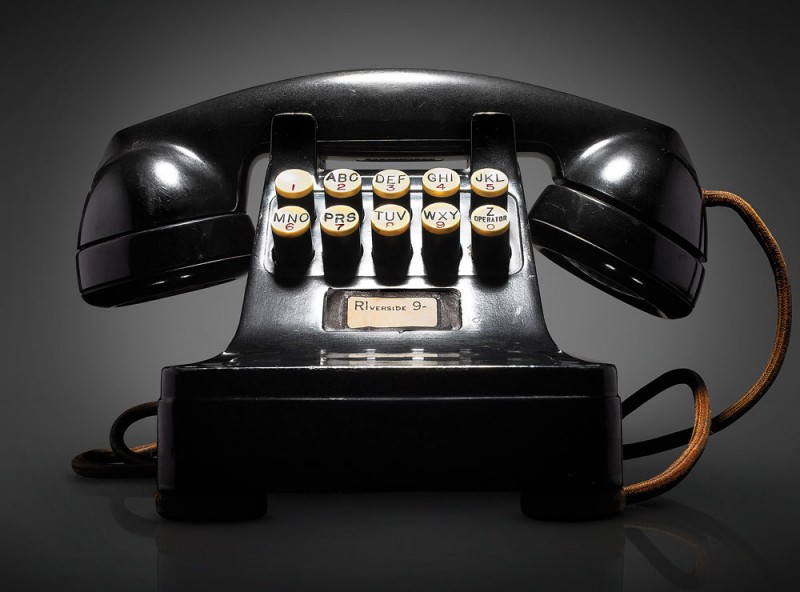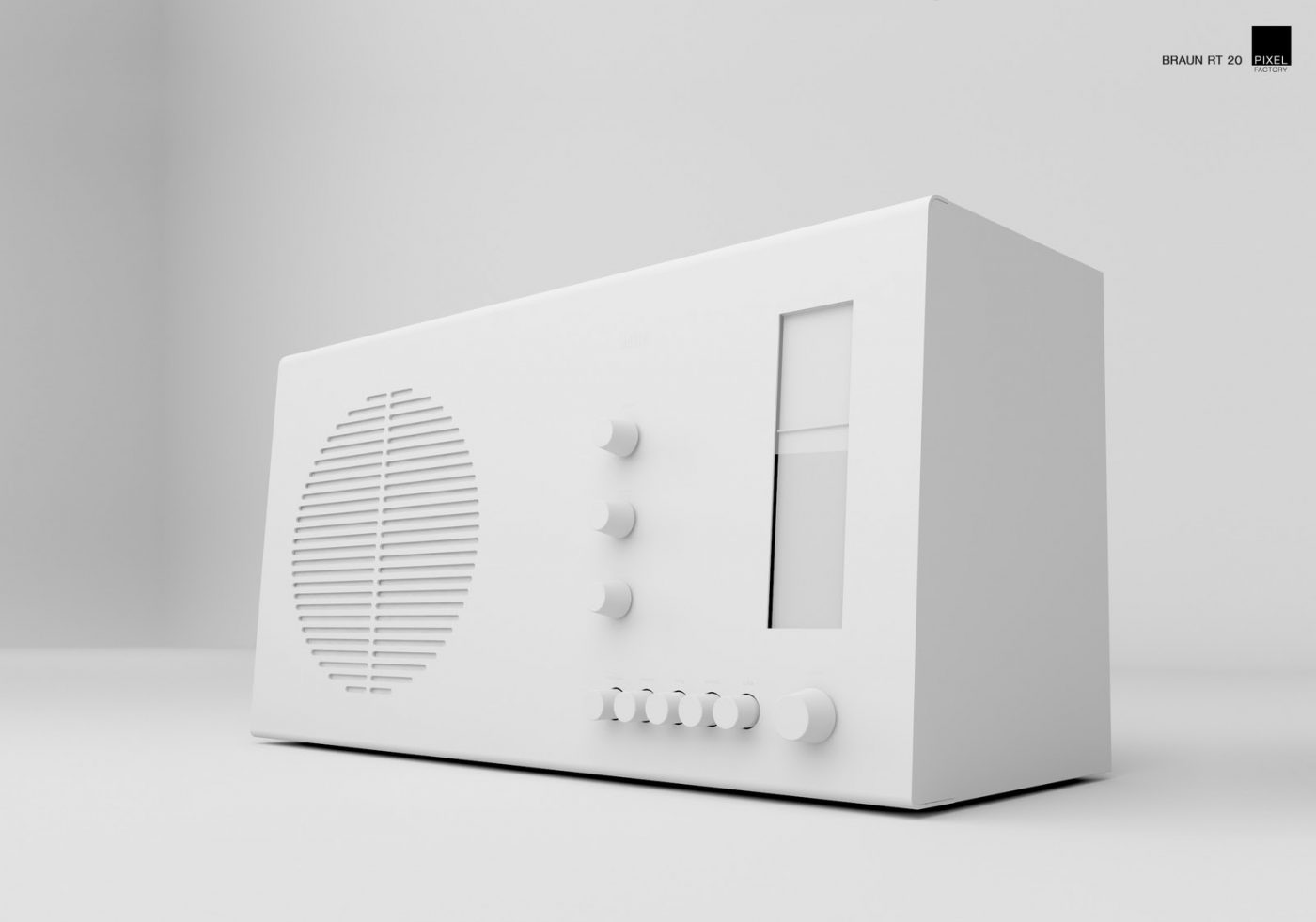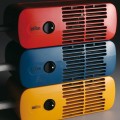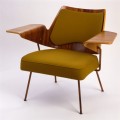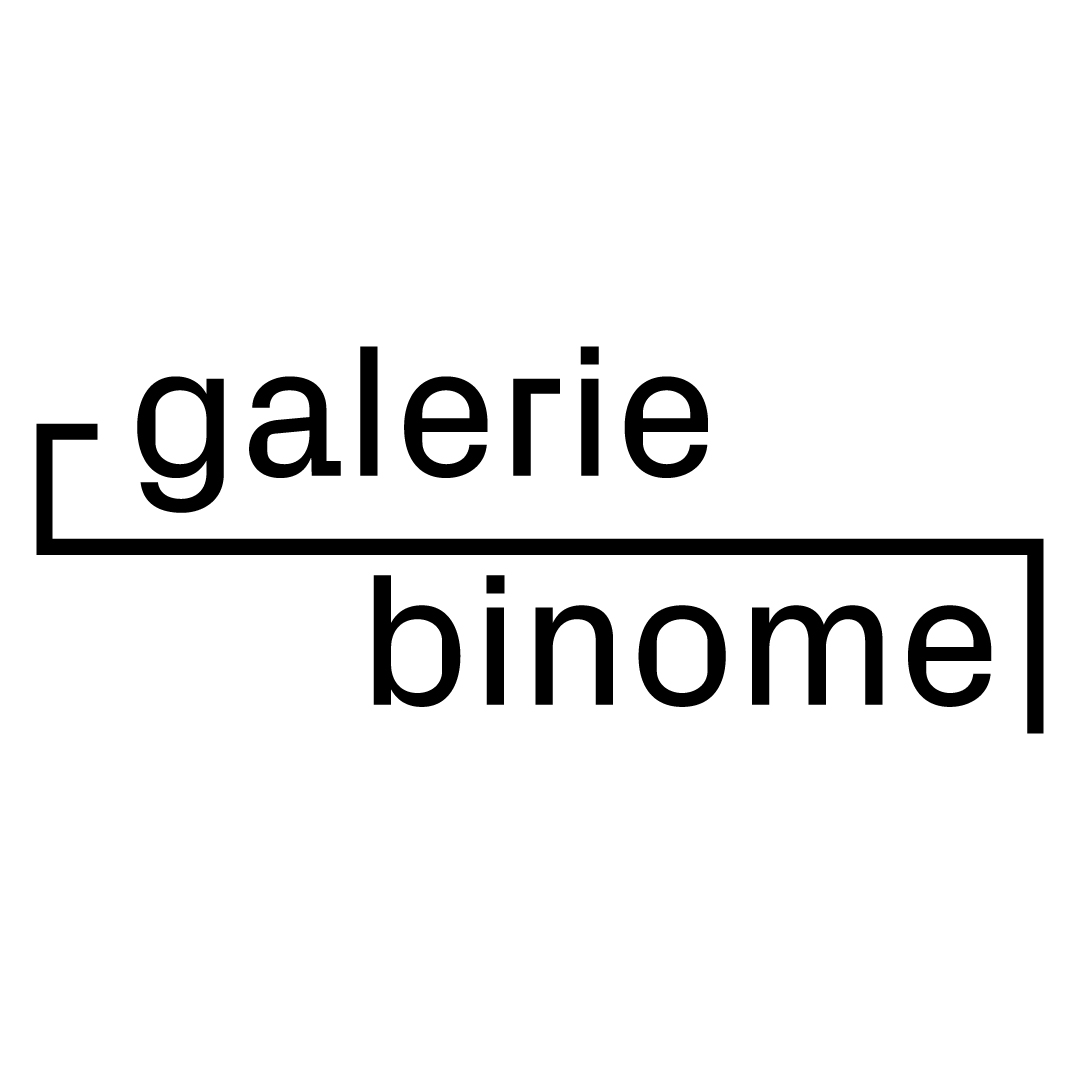Last Updated on 13 avril 2014 by François BOUTARD
Well, open your hatches, we are Sunday and it’s time to explore other definitions of design, to allow you to shine in society! Today, focus around the terms Minimal and Prototype. ↓
Oui les gars, on va vous prouver aujourd’hui que «Less is More» !!!
Minimal : «The search for the minimum of some of the sketch , the balance, » just as » is a true Holy Grail for a family of contemporary designers, from Dieter Rams in the 1960s until Jasper Morrison, Ronan & Erwan Bouroullec, Naoto Fukasawa and Sam Hecht, all strongly influenced directly or indirectly by the precepts of the famous Bauhaus « Less is More » (Mies van der Rohe). If we can now quietly assert that less does not always mean more and that minimalism is not necessarily synonymous with less , looking for durability currently ubiquitous grows more and more designers and manufacturers to create timeless products that fly modes. And in this area, the minimal design has proven , like the famous radio Braun , designed by Dieter Rams in 1960 and whose design , which has not taken a ride , continues to inspire Apple .» ↓
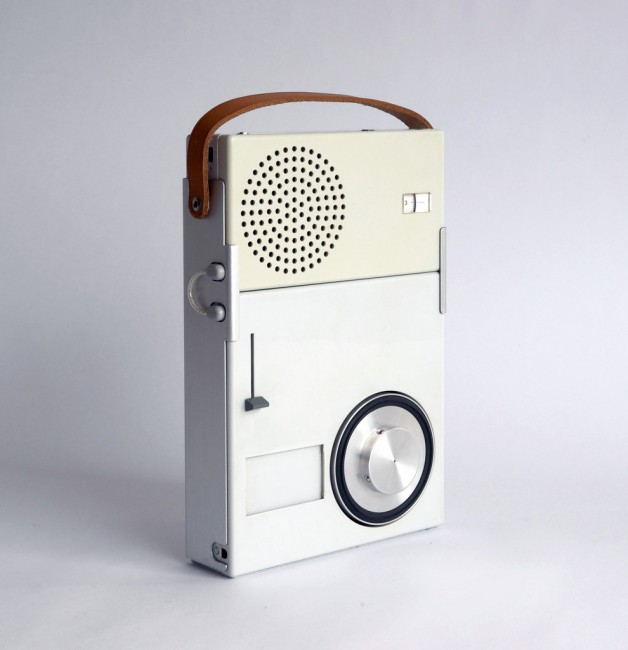
Dieter Rams, first design for a walkman, end of 50s. Don’t you think it looks like an Apple products ?
Prototype : «The prototype is the first life-size copy of a product, to test its technical and aesthetic characteristics, before entering phase of industrialization. It is produced from information and technical drawings designers, and possibly from the early models. Rightly regarded as the alphas of production, prototypes or products of famous designers are now collected and sold in auction room or gallery.»↓
That’s it for today. You can do your normal activities after reading me 🙂
The definitions are taken from the excellent book: 101 Tags design to the use of all – Marion Vignal & Cédric Morisset, Archibooks.
F.B.

